
The Best Channels and Tactics To Use for Your Marketing Funnel
Don’t believe anyone when they say the marketing funnel is dead. Channels, touchpoints and decision-making might have changed a lot, but the funnel continues to be alive and well. When it comes to driving growth, understanding how to deliver the right marketing content at the right time is key to unlocking success across the sales funnel. Whether you’re sparking interest at the top or guiding prospects towards conversion at the bottom, creating targeted content that aligns with each stage is critical to keeping your audience engaged. But how do you know what type of content works best at different stages? In this blog, we’ll explore the ideal content for each phase of the funnel—awareness, consideration, and decision—and how to ensure you’re giving your prospects exactly what they need to take the next step.
What is the Customer Acquisition and Retention Funnel?
At its core, the customer acquisition and retention funnel is a strategic model that visualizes the journey your prospects take from the moment they discover your brand to the point where they become loyal, repeat customers—and advocates who actively promote your brand. The funnel is divided into several stages, each with a distinct goal, requiring specific content to guide potential buyers forward.
1. Awareness (Top of Funnel – TOFU Marketing)
At this stage, your goal is simple: get noticed. Your audience may not yet know your brand or fully understand their own needs. Content here focuses on grabbing attention, building brand awareness and providing value without being too pushy. Think blog posts, social media updates, videos, and infographics that address pain points or trends, designed to introduce your brand as a credible source.
2. Consideration (Middle of Funnel – MOFU)
Once you’ve caught their eye, it’s time to nurture that interest. Here, prospects are aware of their problem and are actively seeking solutions. The key is to provide educational and comparative content that positions your product or service as the best choice. Case studies, white papers, webinars, and in-depth guides work well to demonstrate expertise and build trust.
3. Decision (Bottom of Funnel – BOFU)
At this stage, your prospects are ready to make a purchase decision. They’re comparing their options, and your content needs to convince them to choose you. This is where product demos, customer testimonials, free trials, and pricing comparisons come into play. It’s all about showcasing your value and making the final push to convert them into customers.
4. Retention (Post-Purchase)
The funnel doesn’t end once someone makes a purchase. Customer retention is key to long-term growth. Engaging your customers post-purchase through personalized content, loyalty programs, exclusive offers, and ongoing support ensures that they continue to choose you time and again. Happy customers not only stay but also become brand advocates.
5. Referrals and Customer Advocacy
The final stage of the funnel is where your loyal customers become your brand’s champions. At this point, your customers are so satisfied with their experience that they’re willing to recommend your product or service to others. Encouraging this behaviour with referral programs, social sharing incentives, and customer advocacy content (like user-generated testimonials or influencer partnerships) can help turn your best customers into powerful marketers. When your audience becomes advocates, they expand your reach, bringing new leads into the top of your funnel—creating a cycle of continuous growth.
Need help building out your marketing funnel?
What is a marketing funnel strategy?
A funnel marketing strategy is essential for any business aiming to create a structured, effective approach to guiding prospects through the customer journey. It’s a vital part of your overall marketing strategy because it helps ensure that you are delivering the right message, at the right time, to the right audience.
Having a clear funnel strategy enables you to plan the most appropriate marketing channel for each stage, whether it’s using social media to build awareness, email marketing to nurture leads, or retargeting ads to drive conversions. It helps you make smarter decisions about where to invest your media budget, aligning your spending with the stages that require the most attention and engagement.
In addition to shaping your media buying approach, a marketing funnel strategy also clarifies the types of content you need to create. By understanding what your audience needs at each stage of their journey, you can develop content that speaks to their concerns—whether that’s educational blog posts at the top of the funnel, comparison guides in the middle, or testimonials and product demos as they approach a decision.
Perhaps most importantly, having a funnel strategy allows you to tailor your communications. You can personalise your messaging based on where a prospective customer is in each marketing funnel stage, ensuring that you’re addressing their specific needs and encouraging them to take the next step.
What does the marketing funnel look like?
Although it is often referred to as a “funnel,” the journey through the marketing funnel doesn’t end after a purchase is made. The traditional funnel suggests a straight, narrowing path that ends when a prospective customer converts, but in reality, the process continues. After purchase, the funnel transforms into a loop that focuses on customer retention, referrals, and advocacy. This loop is crucial because keeping existing customers engaged and encouraging them to refer new ones is one of the most effective ways to grow your business.
Once a customer has made their first purchase, the content shifts towards keeping them informed and satisfied with their decision. Regular communication through email updates, exclusive offers, and loyalty programmes can keep your customers coming back. Happy, loyal customers are also more likely to refer friends and family, creating a self-sustaining cycle where your best advocates help attract new leads.
This post-purchase loop plays a critical role in the long-term success of your marketing strategy. By focusing not only on acquiring new customers but also on retaining and empowering your existing ones, you can build a continuous feedback loop of growth. The cycle of retention and referrals helps to keep your funnel full at the top while also reinforcing customer loyalty at the bottom.
So, while the funnel may begin with awareness and lead to purchase, it’s the post-purchase stage that keeps customers coming back, encouraging them to advocate for your brand and bring new prospects into the fold.
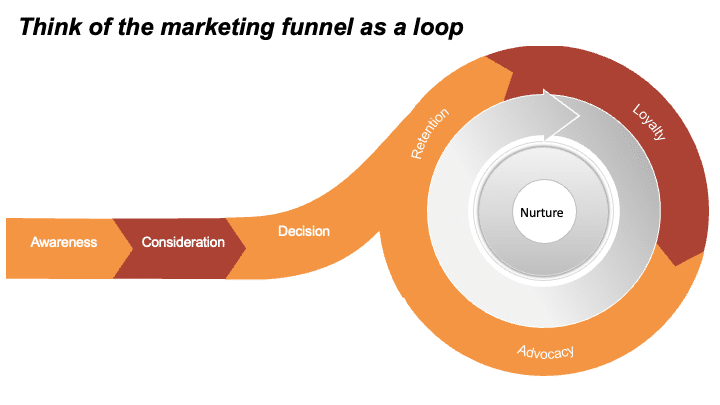
Which channels should you use for the awareness stage of the marketing funnel?
Social media
When using social media marketing for awareness, your content should be designed to stop the scroll and spark curiosity. Use:
- Short, engaging video snippets (like product teasers or behind-the-scenes footage)
- Eye-catching images that showcase your product in use or highlight benefits
- Polls and interactive content to encourage engagement
- Attention-grabbing headlines or captions with a focus on solving a pain point
- Carousel ads or posts to showcase multiple products or features in one go
Search engine optimisation (SEO)
SEO-optimised content should aim to answer common questions and provide value upfront. Focus on:
- Blog posts addressing “how to” or “what is” questions related to your industry
- Long-form content like guides or white papers optimised for target keywords
- Infographics that break down complex ideas into easy-to-digest visuals
- Optimised meta descriptions that encourage users to click through to your site
- Engaging headlines that match search intent and include target keywords
Content marketing
Your content should educate and inform without being overly promotional. Consider:
- Thought leadership articles discussing industry trends and challenges
- Explainer videos demonstrating how your product solves a specific problem
- Case studies showing real-world results without a heavy sales push
- Downloadable eBooks or reports that offer in-depth insights
- Infographics that visually summarise important points from your longer content
Paid advertising
For paid ads, such as a Google ad, use compelling visuals and persuasive copy to capture attention quickly. Key elements include:
- Short, punchy ad copy that highlights benefits, not just features
- Strong call-to-action (CTA) buttons like “Learn More” or “Get Started”
- High-quality images or videos that focus on your product solving a problem
- Display ads featuring clear, concise messaging and strong visuals
- Video marketing ads that deliver key points within the first few seconds to retain attention
Get started creating your marketing funnel tactics
Which marketing channels should you use for the consideration stage?
At the consideration stage, your potential customers are aware of their problem and are now evaluating options to solve it. This is where you need to provide more in-depth content that educates and builds trust. Here are the key marketing channels to focus on, along with the types of assets to use:
Email marketing
Emails at this stage should aim to nurture the lead with valuable, relevant content that helps them weigh their options. Include:
- Personalised email series that provide deeper insights into your product’s benefits
- Links to case studies or success stories
- Downloadable guides or comparison charts that highlight your product against competitors
- Invitations to webinars or lives to give prospects a chance to see the product in action
Webinars and lives
Direct, interactive channels such as webinars or live broadcasts allow prospects to ask questions and see your product in use. Make use of:
- Detailed product demos that highlight specific features relevant to your audience’s needs
- Q&A sessions to address concerns and remove barriers to purchase
- Expert-led webinars offering actionable advice, positioning your brand as an authority
- Post-webinar follow-up materials, such as FAQs and exclusive offers
Social proof content
At this stage, social proof helps build credibility and trust. Consider:
- Customer testimonials, either in video or written form, that focus on specific pain points
- Case studies showing measurable results, broken down by metrics
- User-generated content where current customers share their experiences, such as social media posts or reviews
- Highlighting reviews from trusted industry platforms, adding third-party validation
Search engine marketing (SEM)
- Paid search ads and remarketing are effective here to stay top of mind while prospects explore their options. Use:
- Retargeting ads showing the product features that prospects previously interacted with
- PPC ads focusing on key differentiators that set your solution apart from competitors
- Google Shopping ads (for e-commerce) highlighting best-selling products and customer ratings
- Ad copy that speaks to the customer’s need for in-depth information, such as “Learn More” or “Compare Options”
Affiliate marketingAt this stage, prospects are evaluating different options, and affiliate content can help them make informed decisions. Affiliates typically create content that compares products, highlights features, or gives trusted recommendations. Effective assets include:
- In-depth reviews from affiliates who explain the pros and cons of your product
- Comparison articles or videos that show how your product stacks up against competitors
- Tutorials or how-to guides where affiliates demonstrate how to use your product
- Affiliate blog posts featuring product recommendations tailored to specific customer needs
- Emails or newsletters sent by affiliates to their audience, offering educational insights or special promotions
Retargeting
Retargeting allows you to reach prospects who have already engaged with your website or content but haven’t yet converted. Assets for retargeting should include:
- Display ads featuring relevant products or content they viewed, encouraging them to revisit
- Dynamic retargeting ads that show products they’ve shown interest in
- Clear CTAs like “Still considering?” or “Ready to decide?” to gently nudge them towards the next step
Mobile app downloads and notifications
If your business has a mobile app, encouraging prospects to download it can help keep them engaged during the consideration stage. You can:
- Include download links in emails, social media posts, or on your website with CTAs like “Try our app for a more personalised experience”
- Offer incentives for app downloads, such as exclusive discounts or content available only through the app
- Use push notifications to remind users of products they viewed or promotions they may be interested in
- Send notifications for new product launches or relevant updates based on their browsing behaviour
Content marketing
Content during the consideration stage should help prospects compare and evaluate. Suggested content pieces include:
- Product comparison guides or white papers that present objective, data-driven insights
- In-depth blog posts or articles discussing industry best practices or how to choose the right solution
- Video tutorials or explainer videos that dive deeper into product features and functionality
- Interactive quizzes or assessments to help users determine which product or service best fits their needs
Which channels should you use for the decision stage of the marketing funnel?
The decision stage is where prospects are ready to commit and make their final choice. At this point, your funnel marketing tactics need to focus on building confidence and reducing any barriers to purchase. Clear, persuasive assets that demonstrate value and eliminate hesitation are key. Here are the most effective channels for this stage, along with examples of the types of assets to use:
Product demos
Prospects want to see your product or service in action. Offering a hands-on experience helps them feel confident about their choice. Assets to use:
- Pre-recorded video demos that walk through product features
- Interactive demo experiences where users can explore the product on their own
- Live one-on-one demos with a sales representative who can answer specific questions and provide a tailored experience
- Short tutorial videos showing specific use cases or solutions for common challenges
Customer testimonials
At this stage, hearing from satisfied customers can be highly persuasive. Testimonials act as social proof, helping to reassure prospects that they’re making the right choice. Examples include:
- Video testimonials from current customers explaining how your product has solved their problem
- Written testimonials with quotes that highlight measurable outcomes
- Case studies featuring real customer success stories with data to back up claims
- Reviews or ratings pulled from trusted third-party platforms like Trustpilot or Google Reviews
Free trials or samples
Offering a trial or sample removes the risk for your prospects and allows them to test your product first-hand. Consider:
- Free trial offers prominently displayed on your website or landing pages
- In-app onboarding for trial users, guiding them through key features
- Physical product samples offered through email or pop-up offers for tangible goods
- Email campaigns reminding users to activate or get the most out of their free trial period
Comparison charts
Your prospects may be evaluating multiple options, so providing an easy-to-read comparison chart helps them see the benefits of your product over competitors. Effective assets include:
- Side-by-side feature comparisons presented in a table or infographic format
- Downloadable PDF guides comparing your product with others in the industry, highlighting key differentiators
- Interactive comparison tools on your website where users can select competitors and compare features
- Blog posts or landing pages breaking down the advantages of your product with clear, objective analysis
Pricing information
Prospects want transparency when it comes to pricing. Offering clear, detailed pricing information can help remove any final concerns. Assets to use:
- Clear pricing tables on your website outlining various packages or subscription levels
- Cost calculators that allow prospects to estimate their expenses based on usage or requirements
- Discounts or time-limited offers that encourage immediate action, featured in pop-ups or email campaigns
- Pricing comparison pages that explain what’s included at each tier and how it stacks up against competitors
Retargeting ads
If your prospects have engaged with your website or product but haven’t yet converted, retargeting ads can bring them back to complete their purchase. Assets to deploy:
- Display ads featuring the product or service they were considering, with messaging like “Still thinking about it?”
- Retargeted social media ads offering a discount or promotion to nudge prospects towards making a decision
- Dynamic retargeting ads that show specific products left in a cart or browsed previously, along with a clear CTA
- Email reminders that retarget users who have abandoned their shopping cart with a special offer
Which marketing channels should you use for the post-purchase stage?
The post-purchase stage is crucial for building long-term relationships, encouraging repeat purchases, and transforming customers into loyal advocates. This is the time to focus on delivering excellent customer support, personalised follow-ups, and continued engagement. Below are the key marketing channels to use and the types of assets that work best for each:
Email marketing
Post-purchase email campaigns should focus on nurturing customer loyalty, providing updates, and encouraging repeat purchases. Include:
- Thank you emails with product recommendations based on their purchase
- Follow-up emails asking for feedback or offering assistance with their recent purchase
- Exclusive discounts or offers for returning customers to drive repeat purchases
- Emails inviting customers to join a loyalty programme or refer friends
- Informational emails about important changes to privacy policies, pricing on products they currently use, or other product or policy updates relevant to them
- Notifications of product improvements or new features for any services they are subscribed to
- Alerts for any planned outages or maintenance windows if they are subscribed to a service or platform
- Critical updates about system status or any disruptions to the services they rely on
- SMS marketing to existing customers, if you get their consent, is also very effective
Loyalty programmes
Building customer loyalty is key for increasing lifetime value. A loyal customer will cost you much less than a new one, and you should keep a focus on them rather than only pursuing new business through your marketing efforts. Effective assets include:
- Loyalty programme landing pages that explain benefits and how to join
- Email invitations to sign up for the loyalty programme
- App notifications reminding users of available rewards or points balance
- Promotional emails detailing exclusive offers for loyalty members
Customer service channels
Providing ongoing support helps build trust and ensures customers have a positive experience. Use:
- Chatbots or live chat on your website for instant customer support
- Post-purchase surveys sent through email or embedded on your website to gather feedback
- “How to” guides or FAQs to help customers get the most out of their purchase
- Video tutorials showcasing product features and tips for usage
Social media engagement
Engaging with customers on social media helps foster a sense of community and encourages brand advocacy. Assets to deploy:
- Social media posts encouraging users to share their experience or review the product
- User-generated content campaigns, asking customers to tag your brand or use a specific hashtag
- Social listening tools to monitor and respond to customer feedback, questions, or concerns
- Social media posts highlighting customer success stories or featuring testimonials
Push notifications
If you have a mobile app, push notifications can help keep customers engaged post-purchase. Consider:
- Notifications reminding customers to reorder based on their purchase history
- Push notifications promoting new product launches or exclusive app-only offers
- Notifications asking for reviews or feedback after product delivery
- Reminders about loyalty rewards or upcoming sales events
Retargeting ads
- Retargeting isn’t just for pre-purchase—post-purchase retargeting can encourage customers to explore other products or return for future purchases. Consider using:
- Display ads showcasing complementary products or cross-sell opportunities
- Retargeting ads promoting loyalty programme enrolment or rewards
- Ads offering exclusive discounts for returning customers
- Ads encouraging satisfied customers to refer friends and earn rewards
Referral programmes
- Encourage customers to share your brand with their network by offering incentives. Assets for referral programmes include:
- Email invitations to refer friends in exchange for a discount or reward
- Custom landing pages where customers can send referral links to their contacts
- Social media posts highlighting referral offers
- In-app pop-ups or notifications reminding users to invite friends and earn rewards
Need extra resources to build your marketing funnel?
What is the difference between a B2B and a B2C marketing funnel?
While the structure of a marketing funnel might seem similar in both B2B (business-to-business) and B2C (business-to-consumer) contexts, the differences between the two are significant. The audiences, decision-making processes, and types of content required at each stage vary considerably, depending on whether you’re marketing to businesses or individual consumers.
1. B2B vs B2C Decision-making process
In a B2B marketing funnel, the decision-making process tends to be longer and more complex, often involving multiple stakeholders such as procurement teams, managers, and executives. The focus is typically on demonstrating long-term value, return on investment (ROI), and building trust with the company. In contrast, B2C decisions are generally more straightforward, quicker, and often made by a single individual based on personal preferences, emotions, or immediate needs.
2. Content depth
B2B marketing funnels often require more detailed and technical content, as potential customers and decision-makers look for in-depth information to justify their purchase. White papers, case studies, webinars, and product demos are common in B2B to address specific pain points and provide comprehensive solutions. In B2C, the content is usually more focused on creating an emotional connection and highlighting the immediate benefits of the product. Content such as product reviews, social media posts, and influencer marketing often plays a bigger role in B2C funnels.
3. Relationship building
B2B marketing places a stronger emphasis on long-term relationships and nurturing leads over time, often through multiple touchpoints. Account-based marketing (ABM) strategies and personalisation are commonly used to build trust with each potential customer. B2C marketing, on the other hand, often focuses on more transactional relationships, although customer loyalty and retention are still important factors in ensuring repeat business.
4. Channels used
The channels utilised in each funnel also differ. B2B marketers tend to focus more on professional platforms like LinkedIn, email marketing, and industry events. B2C marketers, however, place a stronger emphasis on social media platforms like Instagram, Facebook, and TikTok, along with influencer partnerships and content that can drive quick conversions.
5. Customer lifecycle
In B2B, the sales cycle is often much longer, and it’s important to nurture leads over weeks or months. B2B funnels are designed to provide a steady flow of educational content, aiming to build confidence and customer satisfaction over time. B2C funnels, however, tend to be shorter and focus on driving faster conversions, where urgency and impulse play larger roles.
Conclusion
In today’s very busy digital marketing environment, having a full funnel marketing strategy is essential. Each stage of the funnel requires a tailored approach, from building awareness to nurturing consideration and driving conversions.
Incorporating marketing automation into your full funnel strategy can significantly enhance your efforts, allowing you to deliver personalised, timely communications without overburdening your team. Automation helps you efficiently manage tasks like lead nurturing, customer follow-ups, and re-engagement, ensuring you maintain momentum across the funnel.
Ultimately, every top-level marketing strategy should include a full funnel approach, designed to guide potential customers from awareness all the way through to purchase and beyond. By focusing on each stage and using the right tools—whether it’s content marketing, affiliate marketing, or automation—you can create a seamless experience that drives results and fosters long-term customer relationships.
Get your marketing funnel started today
Recommended reading: What is a marketing funnel? How they work, stages and examples by Amazon.
Privateproxies
You really make it seem so easy with your presentation but I find this matter to be really something which I think I would never understand. It seems too complex and extremely broad for me. I am looking forward for your next post, I’ll try to get the hang of it!
https://privateproxies.top/proxy-tag/500-anonymous-private-proxies/
Privateproxies
Good post. I study something more challenging on different blogs everyday. It should all the time be stimulating to read content from different writers and follow somewhat something from their store. I’d prefer to make use of some with the content material on my weblog whether you don’t mind. Natually I’ll give you a hyperlink on your net blog. Thanks for sharing.
Private Proxies
Well I definitely liked reading it. This post provided by you is very helpful for good planning.
Comments are closed.

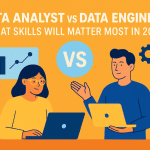
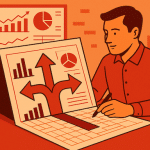



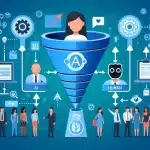
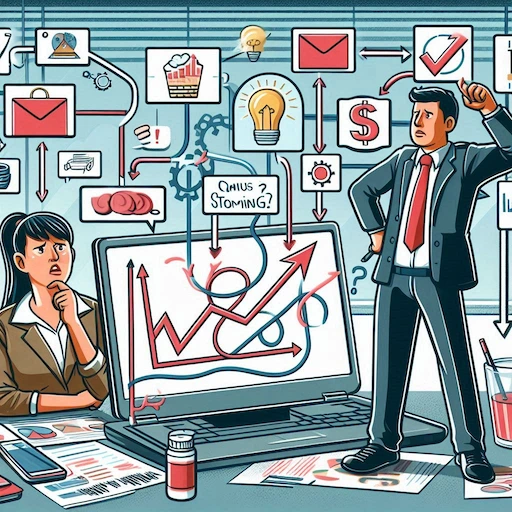
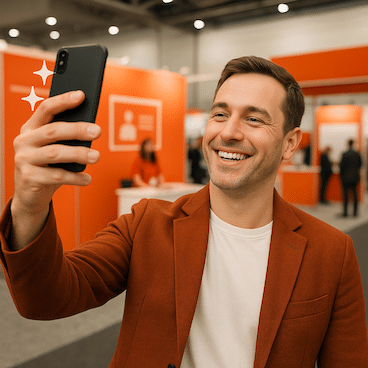
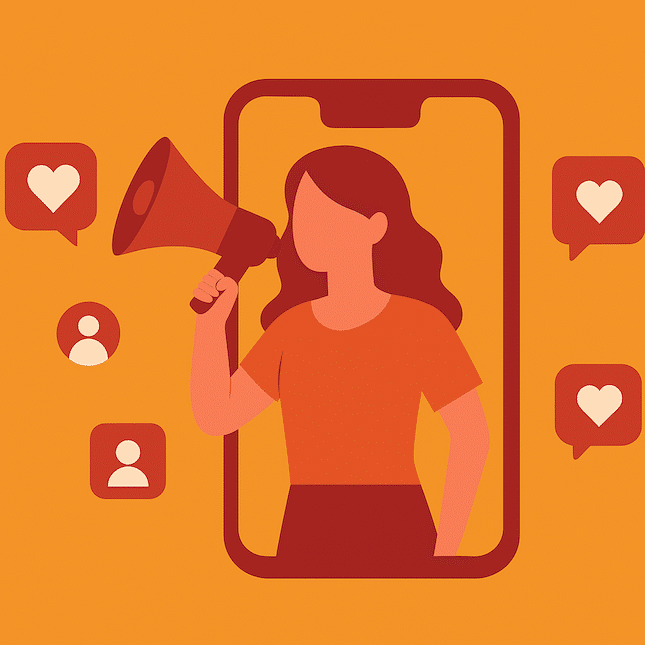
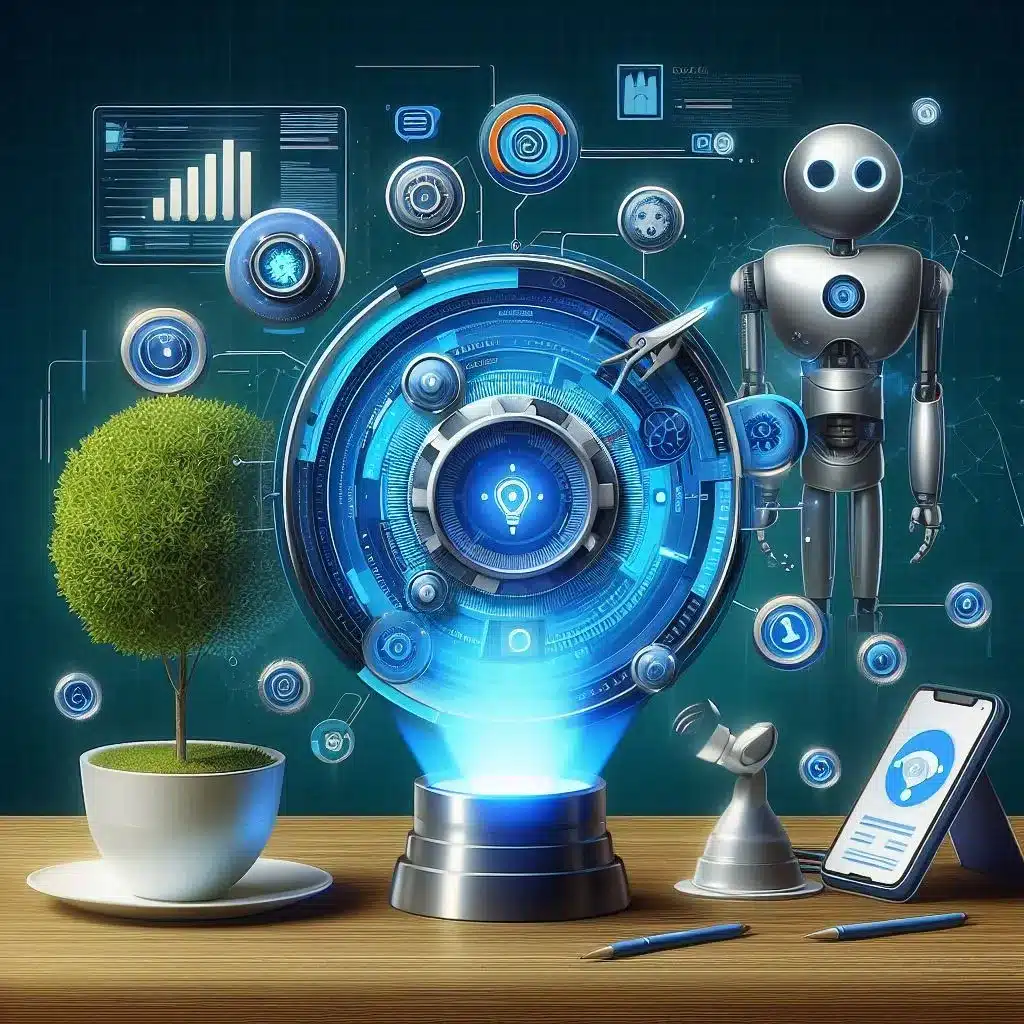


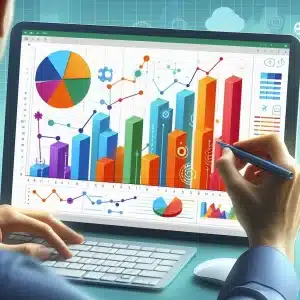




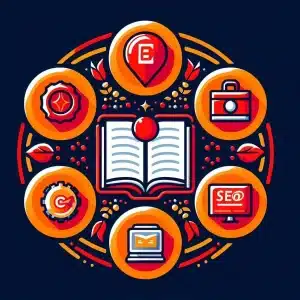


3 comments